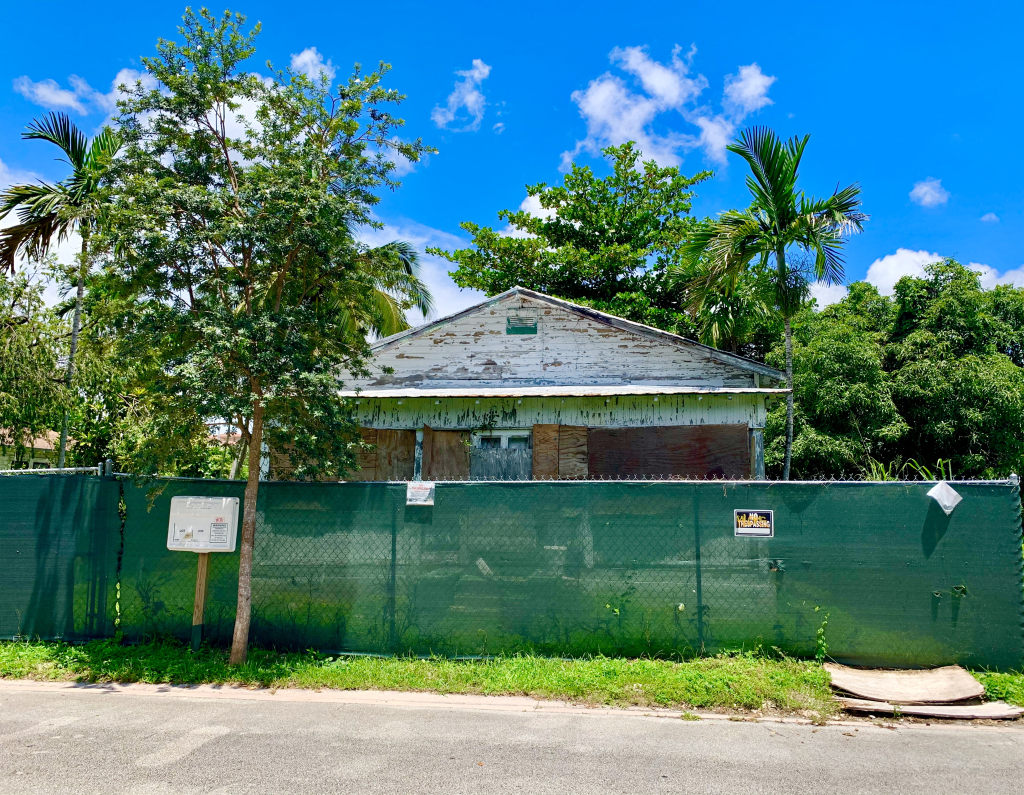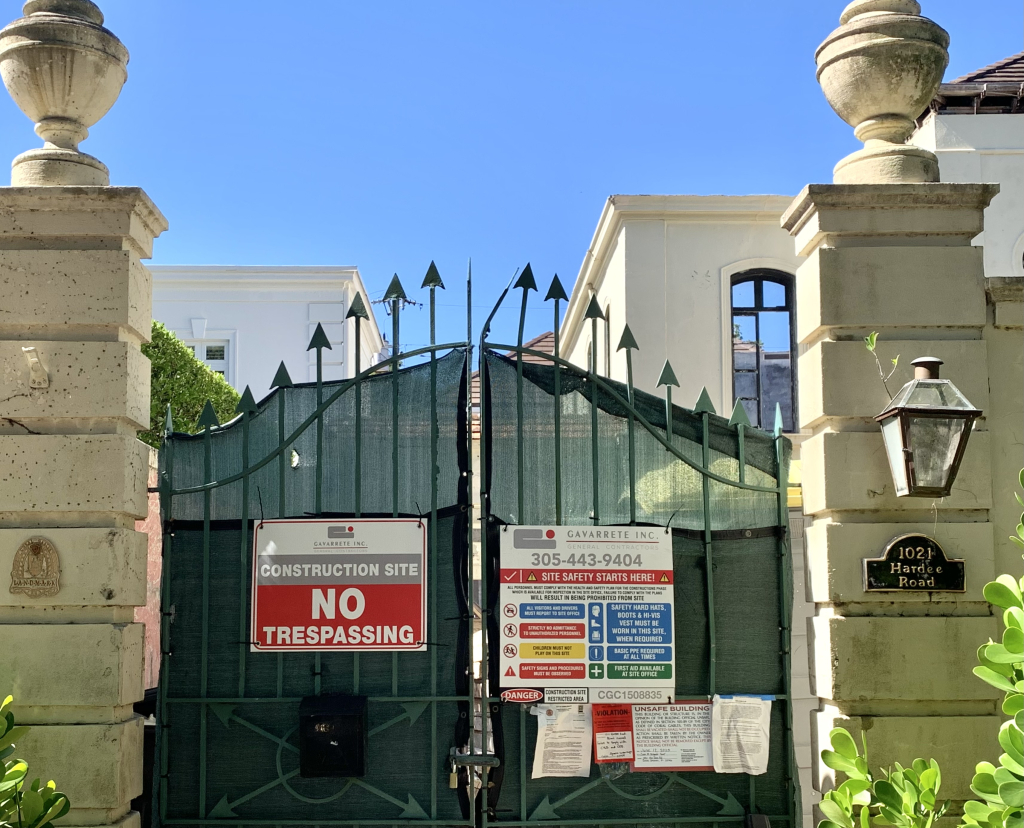The Tactic of Neglect
Coral Gables, like other cities, needs to combat this path to the demolition of history
By Karelia Martinez Carbonell. Photos By Vicki Cerda
An increasingly disturbing situation affecting historically designated properties today is “demolition by neglect,” in which historic properties are allowed by their owners to fall into such disrepair that they cannot be saved. Local landmarks that have recently fallen victim to “neglect” include the Deauville Hotel, the Annell apartment building in Miami Beach, and two homes in historic districts in Coral Gables. All were/are protected under their respective historic preservation ordinances yet have either been lost or are struggling to survive due to a lack of maintenance or outright negligence.

Tackling demolition by neglect is crucial to the survival of historic districts and historic buildings. Some property owners sadly have used demolition by neglect to sidestep the authority of their community’s preservation ordinances. If a building deteriorates enough, local building officials are forced to step in and address the public health and safety liability by ordering demolition of the neglected property, regardless of its historic status. Property owners also abandon their historic properties for various other reasons, including not having the financial wherewithal to maintain the property, allowing it to fall passively into the demolition by neglect category.
IS THERE A REMEDY?
In order to prevent demolition by neglect, a number of cities have adopted ordinances requiring property owners to properly maintain historical buildings. However, enforcing anti-neglect ordinances poses challenges, including distinguishing intentional neglect from other factors. Coral Gables is one of the few cities with an ordinance or “remedy” to avert demolition by neglect under Zoning Code Section 8-108. The remedy, however, sometimes takes years and much legal procedure to enforce. Two properties in Coral Gables tell the tales of years of neglect while facing mounting fines and code violations.

Section 8-108 Of The Coral Gables Zoning Code: Demolition By Neglect Ordinance
“Preserve from deliberate or inadvertent neglect, the interior, exterior, structural stability and historic and architectural integrity of any historically designated building, structure, landscape feature, improvement, site or portion thereof. All such properties, building and structures shall be maintained in accordance to minimum maintenance standards, preserved against decay, deterioration and demolition and shall be free from structural defects through prompt and corrective action to any physical defect which jeopardizes the building’s historic, architectural and structural integrity.”
The property at 117 Florida Avenue, part of the MacFarlane Historic District, accumulated numerous code violations and approximately $1 million of fines over a span of 17 years. By 2018, the property was so far gone it was lost to “demolition by neglect” despite the penalties incurred due to violations of Section 8-108. At the time, the Historic Preservation Board engaged in a heated discussion summoning changes to the compliance process pertaining to neglected/abandoned historic properties. During the meeting, then-City Attorney Miriam Ramos agreed that “the city needs a shift in policy in order to prevent scenarios such as the neglectful demolition…of 117.”
Today, the city is again facing a similar situation of demolition by neglect. The property at 1021 Hardee Road, part of the Historic French City Village, has been deteriorating for years, despite code violations and increasing fines. Recently, due to a groundswell of complaints from neighbors and a unanimous vote by the city’s Code Enforcement Board, the City of Coral Gables finally took mitigating action to protect the property from further decay (although litigation continues). Neighbors now question why it took years for the city to invoke its code provision. One aggravating factor in this situation, say city officials, was the use of private code inspectors who could sign off on permits and extensions without city oversight. This “loophole” has now been eliminated.
Yes, property rights are legally protected, but so is the ability for cities to protect their historical heritage and built environment.
Karelia Martinez Carbonell is president of the Historic Preservation Association of Coral Gables, a 501c3 non-profit founded in 1991. For more information, please visit historiccoralgables.org.

